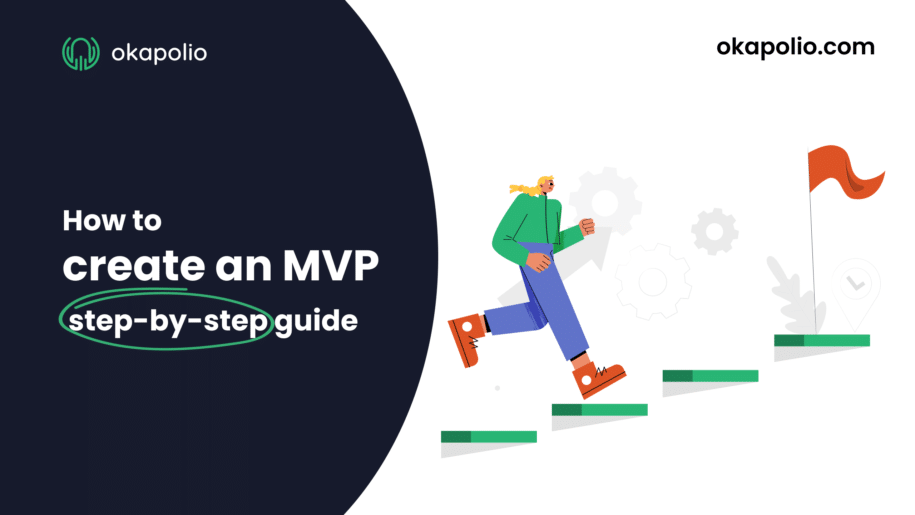Starting a new business can be an exciting endeavor, but it can also be a challenging one. One of the biggest challenges that startups face is figuring out how to create an MVP (minimum viable product). An MVP is the simplest version of your product that you can create to test your assumptions and validate your business idea. In this post, we’ll guide you through the step-by-step process of building an MVP and discuss the common problems that can prevent you from creating a good MVP. We’ll also talk about why startups fail and provide you with tools to help you in each step.
Step 1: Define Your Idea
The first step in building an MVP is to define your idea. You need to have a clear understanding of what problem your product solves, who your target customers are, and what makes your solution unique. This process involves market research, competitor analysis, and customer interviews.
Tools to help you in this step:
- Google Keyword Planner: This tool can help you understand what people are searching for related to your idea and can give you an idea of the demand for your product.
- SimilarWeb: This tool can help you analyze your competitors’ websites, traffic sources, and engagement metrics.
- SurveyMonkey: This tool can help you create and distribute surveys to gather customer feedback and validate your assumptions.
Problem to avoid:
- Not defining your target customer: If you try to build a product that appeals to everyone, you’ll end up building a product that appeals to no one.
Step 2: Define Your MVP’s Features
Once you have a clear understanding of your idea, you need to define the features that your MVP will include. You should focus on the features that are essential to solving the problem that you’re addressing. Keep in mind that your MVP should be simple and easy to use.
Tools to help you in this step:
- Trello: This tool can help you organize your features into a prioritized list and track their progress.
- inVision: This tool can help you create wireframes and mockups of your MVP.
Problem to avoid:
- Including too many features: If you try to include too many features in your MVP, you’ll end up creating a product that is too complex and difficult to use.
Step 3: Build Your MVP
Once you have defined your MVP’s features, it’s time to build your MVP. You should focus on building a product that is functional and solves the problem that you’re addressing. Keep in mind that your MVP should be simple and easy to use.
Tools to help you in this step:
- Bubble: This tool can help you build a web application without writing code.
- Figma: This tool can help you design your MVP’s user interface.
Problem to avoid:
- Building a product that is too complex: If you try to build a product that is too complex, you’ll end up spending too much time and money on development, and your MVP may not be ready in time to validate your assumptions.
Step 4: Test Your MVP
Once you have built your MVP, it’s time to test it with real customers. You should gather feedback from your customers and use this feedback to improve your MVP. Keep in mind that your MVP is not a final product, and you should be open to making changes based on customer feedback.
Tools to help you in this step:
- UserTesting: This tool can help you get feedback from real users about your MVP’s usability and functionality.
- Hotjar: This tool can help you analyze how users interact
